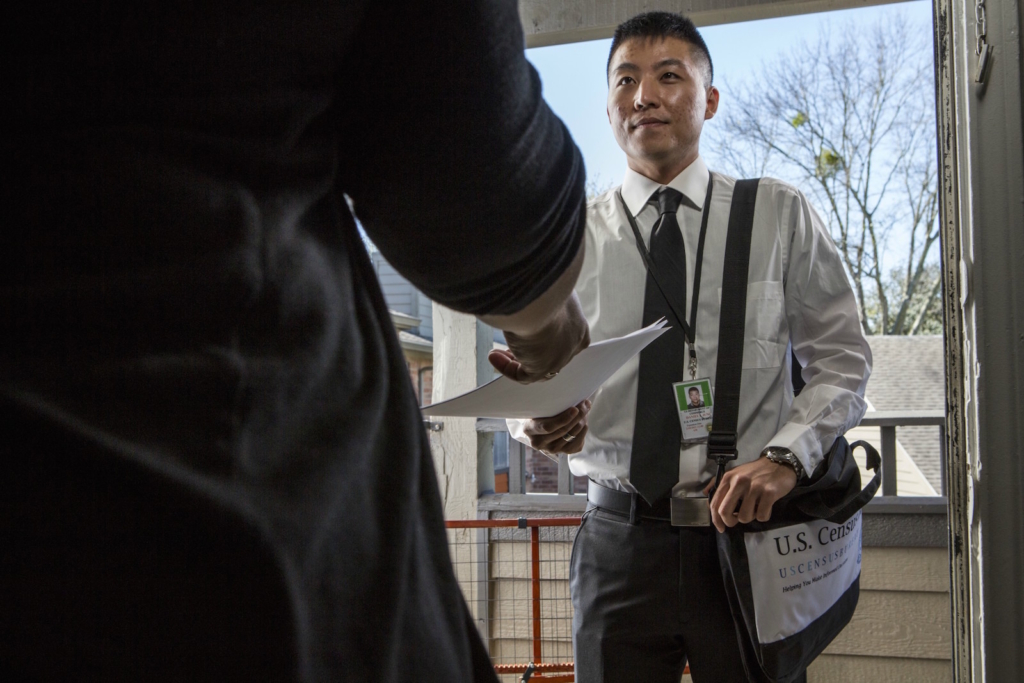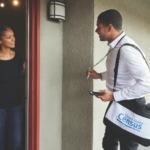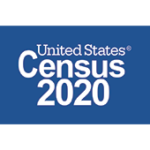
News Release: Workshop, Partnerships Roll Out for 2020 Census
For Immediate Release
January 13, 2020A
San Rafael, CA – Marin County needs more $25-per-hour temporary workersto assure an accurate 2020 U.S. Census[External] this spring.“Before we start counting our local residents, we need to make sure we have enough people to do the job accurately, swiftly, and fairly,” said Kristin Drumm, Senior Planner with the Marin County Community Development Agency (CDA). “Municipalities throughout the country take part in this campaign and supply their own census workforce. It is a great way to make a difference in your community.”
Upcoming census worker jobs workshops are listed on the Marin Census 2020 website jobs page. The next one is 9:30-11 a.m. Tuesday, January 21, at the YMCA San Rafael office, 30 North San Pedro Road, in San Rafael. The workshops are designed to provide information about the census process and walk the participants through the online application. Census takers must be a U.S. citizen, at least 18 years old, and have a valid Social Security number. A list of job qualifications is online[External link].
In 2019, MarinCensus2020.org and a Complete Count Committee were launched to create encouraging messages in multiple languages that explain the importance of the census and assure confidentiality. The website and committee were collaborations by the County CDA, the City of San Rafael, the City of Novato, and Canal Alliance. In addition, Marin CDA entered partnerships with several community-based organizations to support education and outreach activities in the designated hard-to-count communities. According to data provided by the California Census Office, Marin residents least likely to fill out a census form or considered “hard to count” are those living in West Marin, Marin City, San Rafael’s Canal neighborhood and Lincoln Avenue, Terra Linda, and pockets of downtown Novato.
This census is being labeled as the “first digital census” whereby households will have the option of responding online, by mail, or by phone. Nearly every household will receive an invitation to participate in the census from either a postal worker or a census worker, but it’s expected that 95 percent of residents will receive an invitation by mail beginning mid-March 2020.
By its own estimates, the federal government expects less than 1 percent of households will be counted in person by a census official, most of those being residents living in remote areas.
Historically undercounted populations include racial and ethnic minorities, people who speak languages other than English, those with low internet proficiency, children 5 and under, adults over the age of 65, young people who move frequently or have plans to move soon, and rural residents, all people at risk of low response. Others might be willing but have limited access to technology and, as a result, are considered difficult to reach by an online survey.
Local plans for administering the census starting mid-March are moving forward. However, local organizers remain concerned about the five barriers identified that might prevent people from participating in the count:
- concerns about data privacy and confidentiality;
- the fear of repercussions;
- distrust in all levels of government;
- the feeling that it doesn’t matter to be counted; and
- the belief that filling out the census form might not benefit the participant.
Much of the funding triggered by census results ends up as fuel for programs that help lower-income and underrepresented populations. For instance, the census results determine choices about which roads are fixed, where schools are built, who qualifies for school lunches and Medicaid, where businesses can be opened, which local programs are eligible for grants, and what medical services are offered. Undercounting on the census can lead to the loss of a seat in the U.S. House of Representatives and federal funding shortfalls.
There is more information on the national 2020 Census Jobs webpage[External link] about applying, and the Census Bureau’s social media toolkit[External link] helps residents promote census jobs in the community. Most questions about the local census efforts are answered on MarinCensus2020.org and www.census.gov[External link].



